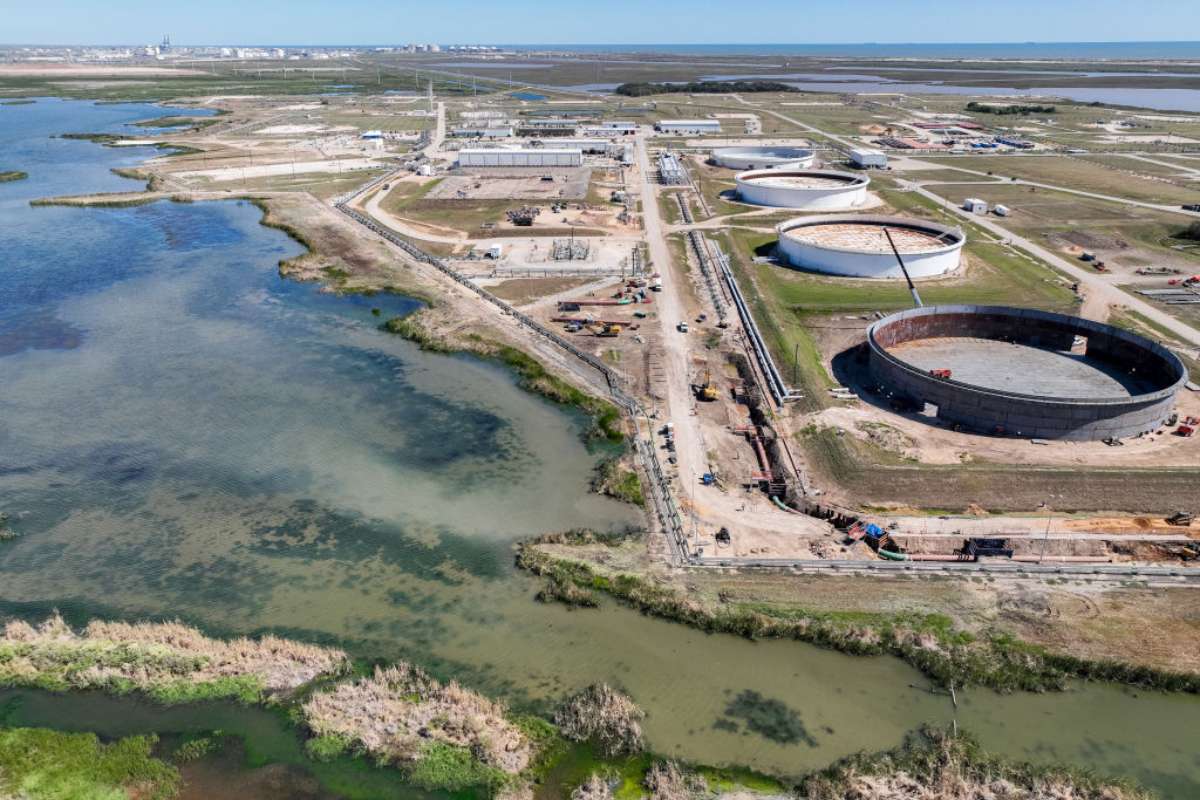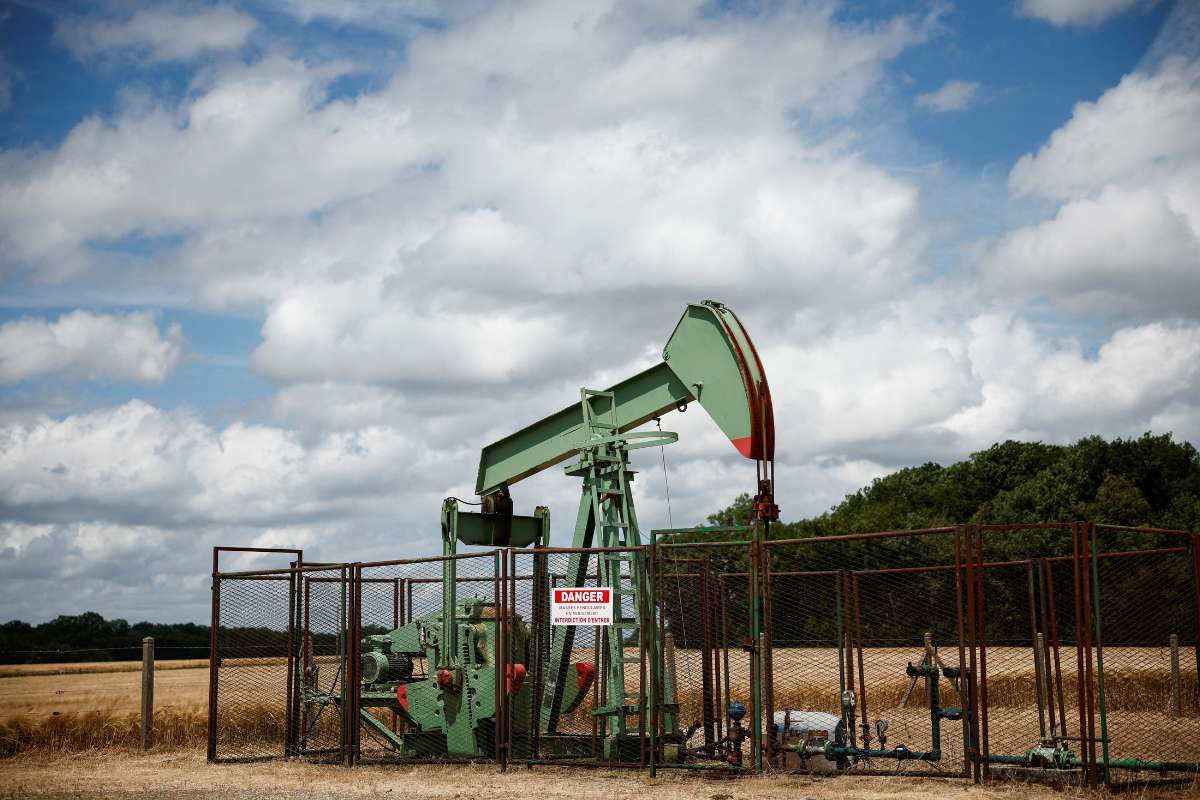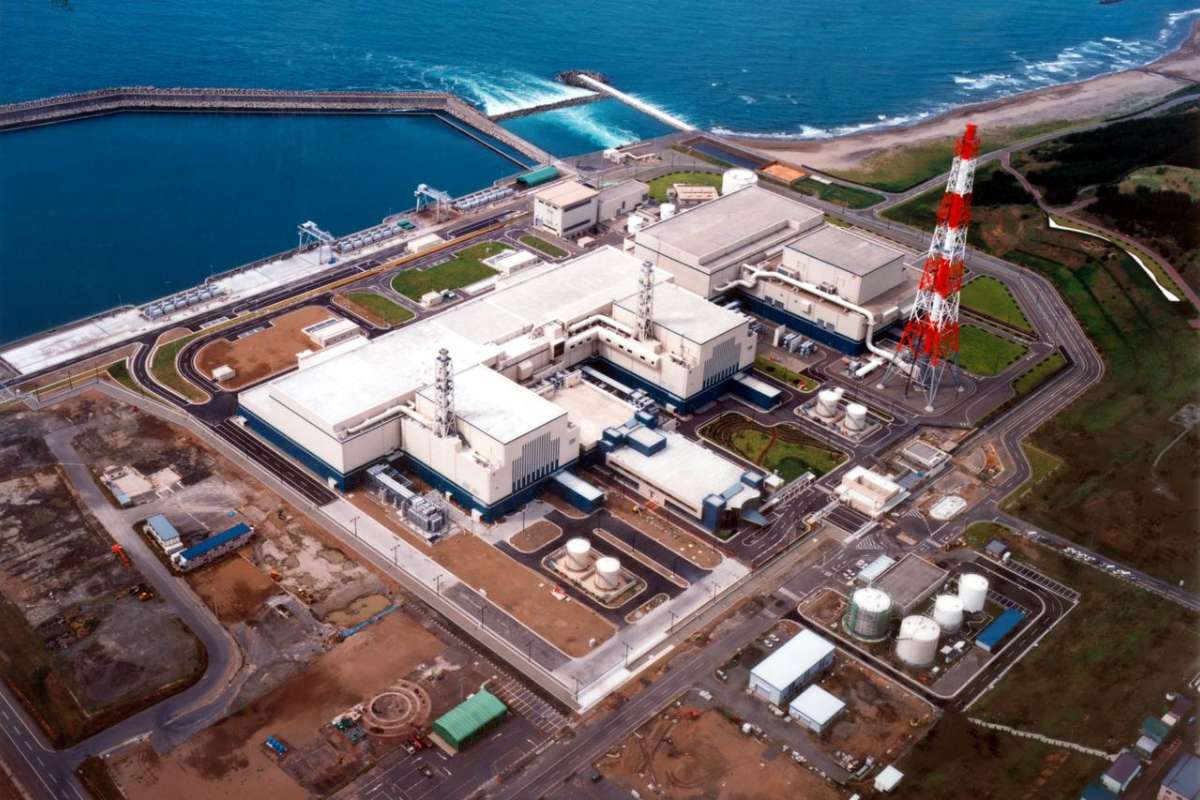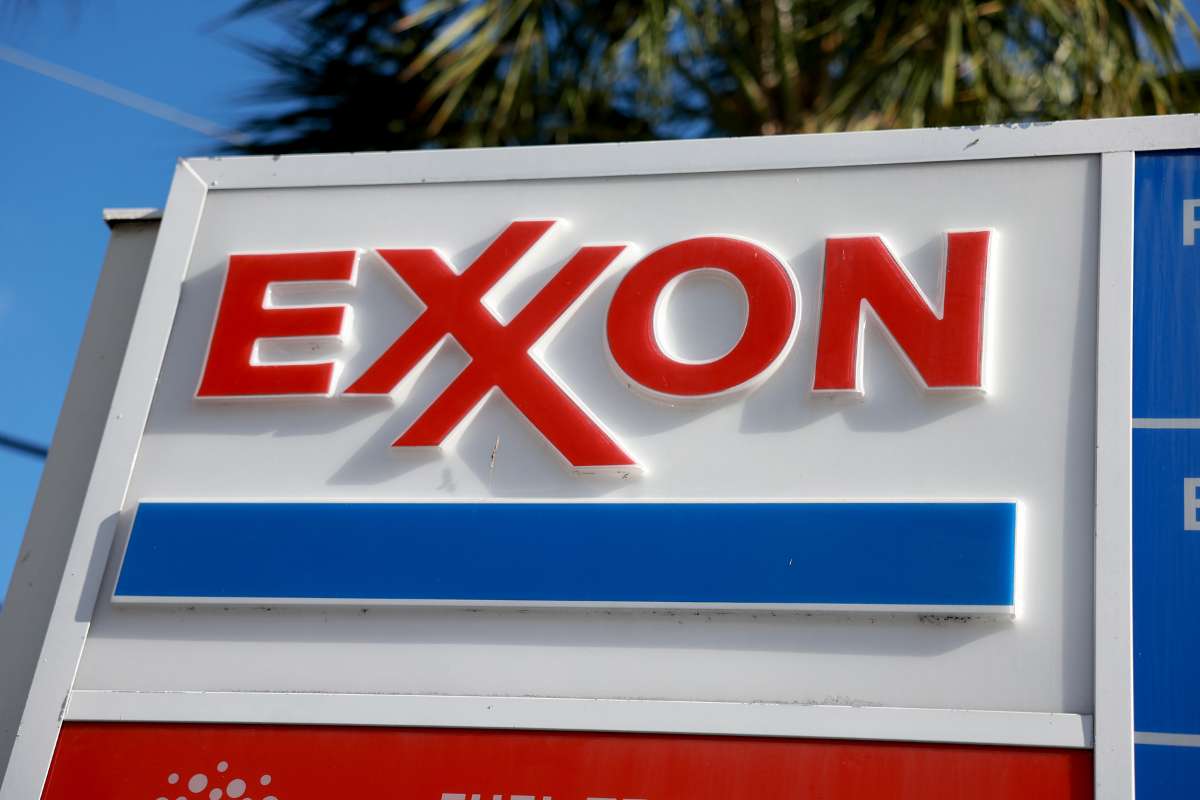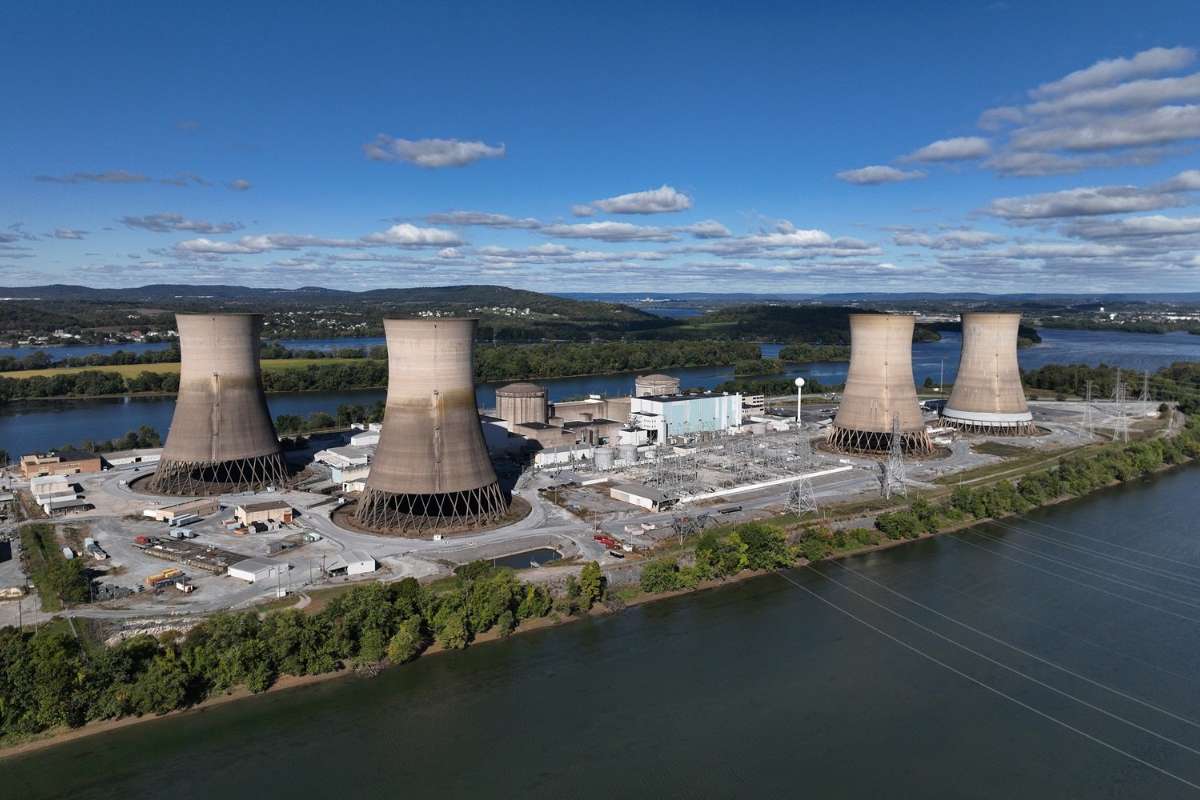For the first time in nearly three decades, the U.S. federal government has published a comprehensive study quantifying oil and gas reserves beneath public lands. The study, released by the U.S. Geological Survey (USGS), responds to efforts by the Trump administration to boost domestic energy production under the banner of “American Energy Dominance.”
According to the USGS findings, public lands across the United States hold an estimated 30 billion barrels of oil and 400 trillion cubic feet of natural gas. These resources are largely concentrated in the Intermountain West, particularly across Colorado, Montana, New Mexico, and Wyoming. Wyoming alone contains approximately one billion barrels of oil and 60 trillion cubic feet of gas on federally managed lands.
Interior Secretary Doug Burgum emphasized the importance of the findings, noting that “American Energy Dominance is more important than ever.” The report estimates these oil and gas reserves could meet U.S. oil demand for four years and natural gas demand for twelve years, assuming full extraction of the identified resources.
Opportunities and Challenges in Energy Development
Industry representatives welcomed the study’s release, highlighting the importance of having updated data. Pete Obermueller, president of the Petroleum Association of Wyoming, called the inventory a valuable tool for the energy sector, suggesting it could inform future exploration on public lands. However, he also pointed out that technological limitations and economic factors could slow development.
In areas like southwest Wyoming, energy companies face unique challenges. Complex shale formations in the region are difficult to drill, requiring further scientific research and economic feasibility studies before large-scale operations can proceed.
“We have to have the science, and then we have to not only have the science, we have to have the economics worked out to have it make sense,” said Obermueller, stressing a measured approach to potential expansion.
Environmental Concerns and Public Sentiment Remain Key
Not all reactions to the study were celebratory. Conservation advocates expressed concerns about prioritizing fossil fuel extraction over environmental and recreational interests. Alec Underwood, program director at the Wyoming Outdoor Council, cautioned that development should be balanced with the state’s growing outdoor recreation economy and wildlife preservation efforts.
“It’s a lot more nuanced than, say, let’s ‘drill, baby, drill,’” Underwood said, referencing a regional poll by the National Wildlife Federation that revealed tepid support for some of the Trump administration’s energy initiatives.
While the data may not come as a surprise to geologists and energy experts familiar with the region, it marks the first nationwide evaluation of public land oil and gas reserves since 1998. That earlier study reported far fewer resources, reflecting the technological limitations of the time.
Sarah Ryker, acting director of the USGS, noted that the new report is expected to guide land management strategies and energy policy decisions. “We expect these estimates to be useful for state and national land management, energy futures analysis, and economic development planning,” she said in the official statement.
Explore More News In Our Oil Gas Energy Magazine
